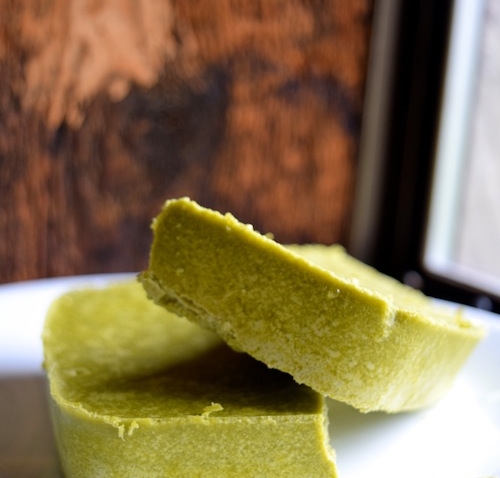
Cannabis Coconut Oil
| Prep time: | 15 minutes |
| Cook time: | 4 hours |
| Total time: | just over 4 hours |
| Servings: | one bottle of canna-oil |
| Cuisine: | weed infused |
Ingredients:
1 cup Organic Coconut Oil
1 cup Decarboxylated Cannabis, or Hemp about 7g or 1/4 oz.
1 T Sunflower Lecithin (If you really don’t like the flavor of lecithin, use 1 t. Otherwise, use 1 Tablespoon per cup)
Instructions:
Decarboxylate your cannabis in the oven, (see previous posts) In a crockpot on warm or low, combine: coconut oil, sunflower lecithin and cannabis. Stir and insert a thermometer. infuse for 2 hours at 160-180 f. layer a strainer with multiple layers of cheesecloth, pour cannabis into strainer and let drain for 10 minutes. once cooled to a touchable temperature, squeeze remaining oil out of the plant material. store in a cool dark place
Notes
dosage note: At 20% THC this works out to about 29 mg THC per teaspoon. If you work with stronger cannabis, say 30% THC, each teaspoon would be about 42 mg THC per teaspoon.
Make sure to take it slow and always get a rough idea of how strong your oil is by using the dosage calculator.
If you’re new to cannabis or if you’re trying to refine your use, you can check out this post about microdosing and balancing ratios.
You can also use cannabis that is high in CBD and CBG to make blends to create a cannabinoid ratio that works for you.
Dosing Cannabis Coconut Oil
At 20% THC this works out to about 29 mg THC per teaspoon. If you work with stronger cannabis, say 30% THC, each teaspoon would be about 42 mg THC per teaspoon. Make sure to take it slow and always get a rough idea of how strong your oil is by using an edibles dosage calculator.
For example, in this recipe, 7 grams of 20% THC plant material in 1 cup of oil yields a cannabis coconut oil that has approximately 30mg THC per teaspoon. Use the CBD and THC dosage calculator and adjust the calculations to reflect the percentage of THC and/or CBD is in your starting plant material.
Bonus Tips For Making Effective Cannabis Coconut Oil Every Time:
– Try to use lab tested, organically grown trim or flower whenever possible to make this cannabis coconut oil or any weed oil. I don’t want to freak you out, but buying cannabis on the black market is a toxin minefield. Many growers use pesticides and fungicides that are not meant to be used on plants for human consumption. For example, Eagle 20 a popular fungicide is meant to be used on golf courses. When’s the last time you thought about eating (or smoking) golf course grass?
– If your cannabis coconut oil ever begins to smoke, remove from heat immediately and let it cool a bit before beginning the process again with your crockpot on the lowest setting. It’ll probably still “work” but you’re likely burning off some of the incredible compounds that evaporate at higher temperatures. If you constantly find yourself overheating your weed oil in your crockpot or on the stove (guilty), check out the FX (it’s virtually smell proof and it decarboxylates AND infuses and can be tossed in the dishwasher for easy cleanup)
– For a more smell proof DIY method, you can make cannabis oil in a mason jar.
You don’t have to finely grind your cannabis no matter what you’re cooking in (in my experience, it makes it harder to strain, leaves a bunch of plant material in that makes for a “greener” taste, and doesn’t improve potency). However, if you’re using buds, you can break them up a bit before you decarboxylation.
– You can also make cannabis coconut oil using hash and concentrates.
Have fun! Don’t fret over your canna-oil when it’s in the pot. People on the internet make this much more complicated then it has to be. Not me… but you know… other people on the internet. I wouldn’t want to overthink making cannabis coconut oil, and you shouldn’t either. This is a simple process and it should be enjoyable, not stressful. Just follow the instructions above, adapt or substitute for what you have on hand. We can all learn from each other.
Frequently Asked Questions (FAQs) about Making Cannabis Coconut Oil – Before you make your cannabis coconut oil, here are a few questions you may have.
Q: Can I use this cannabis coconut oil recipe to make CBG or CBD infused weed oil?
A: Yes! When I say the word “cannabis”, that includes high THC, CBD or CBG plant material so you can make whatever blends and ratios that work best for you. I use this recipe to make a balanced ratio CBD:THC oil, CBD oil and CBG oil. I also use it to make oil blends that combine all of the different cannabinoids (my personal favorite).
Q: Will making this cannabis coconut oil infusion make my house/apartment/dorm smell like weed?
A: Yes. Decarboxylation and cooking cannabis in the crockpot are smelly endeavors. You can eliminate this smell completely by using a the FX with the Scent Shield or using the virtually smell-proof Cannabis Oil in a Mason Jar method.
Q: If I don’t have lecithin now, can I make the cannabis coconut oil now, order lecithin, and add it later?
A: Yes. If you’re chomping at the bit to make edibles but don’t have this ingredient on hand, make your oil now, reheat it later, and stir the lecithin in.
Q: Should I add water to my weed oil?
A: This is a hotly debated topic in the world of homemade edibles, and I’ve landed on the side of not adding water.
Q: My weed oil is green, brown or amber colored… is that normal?
A: The color of your weed oil will largely be determined by the plant material you use, how small you ground the plant material and how good your straining method is. I’ve had cannabis coconut oil turn out in many different colors from amber, to dark brown, to electric green. I shoot for an amber colored cannabis coconut oil (which just means less plant material made it into the infusion), but in my experience, color hasn’t been an indicator on how “strong” your weed oil is.
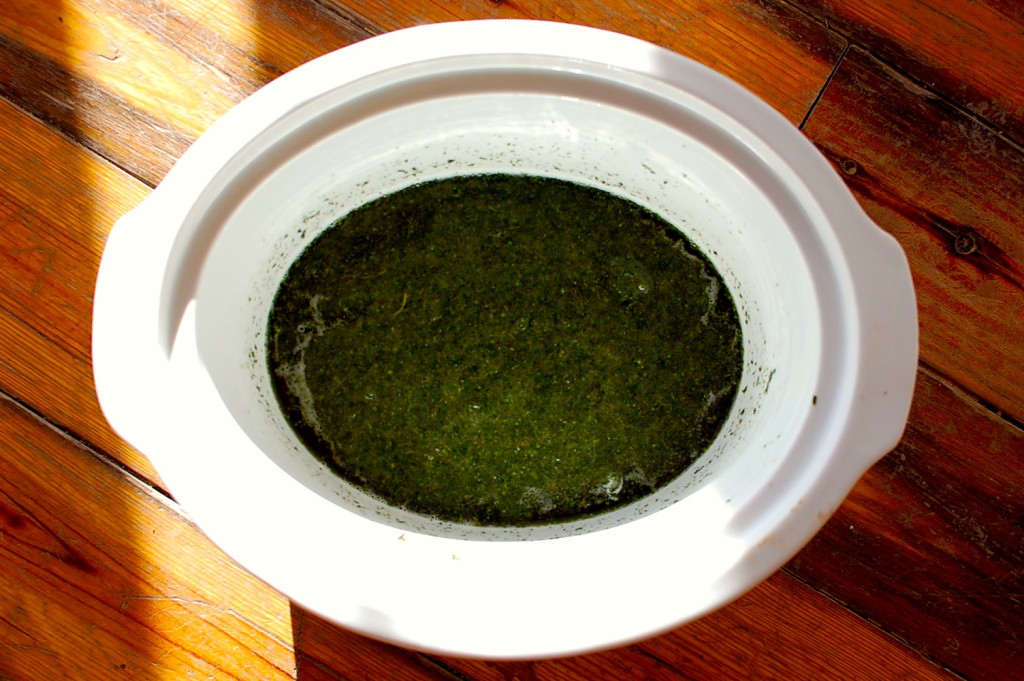

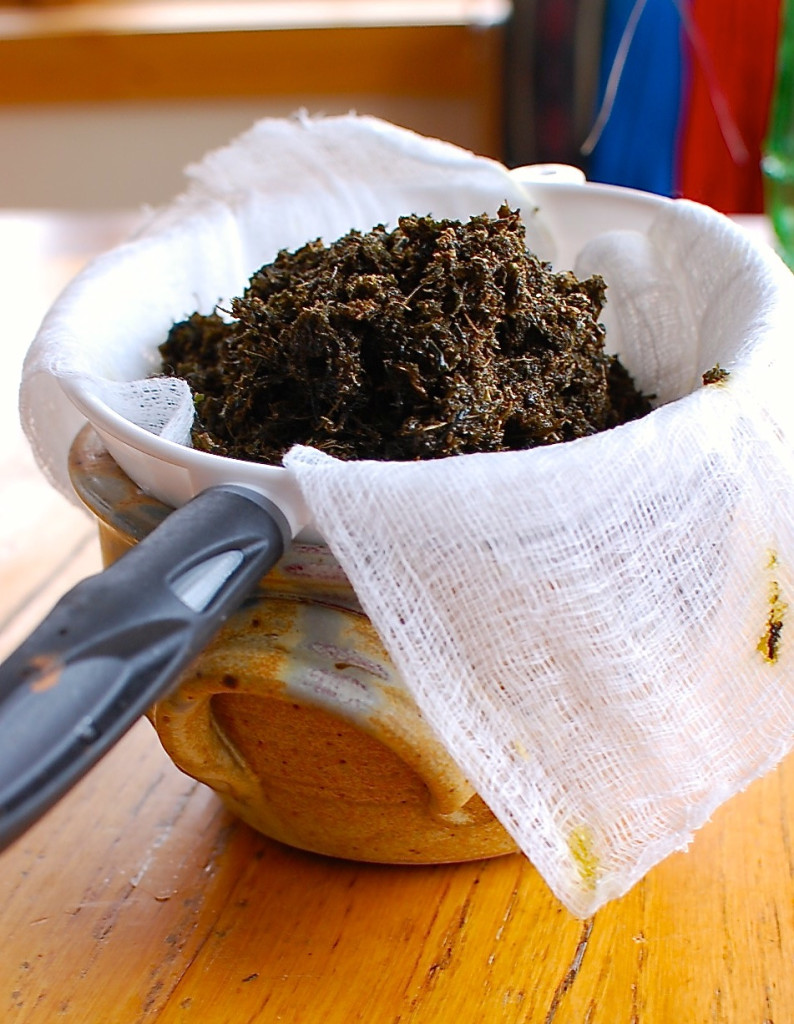
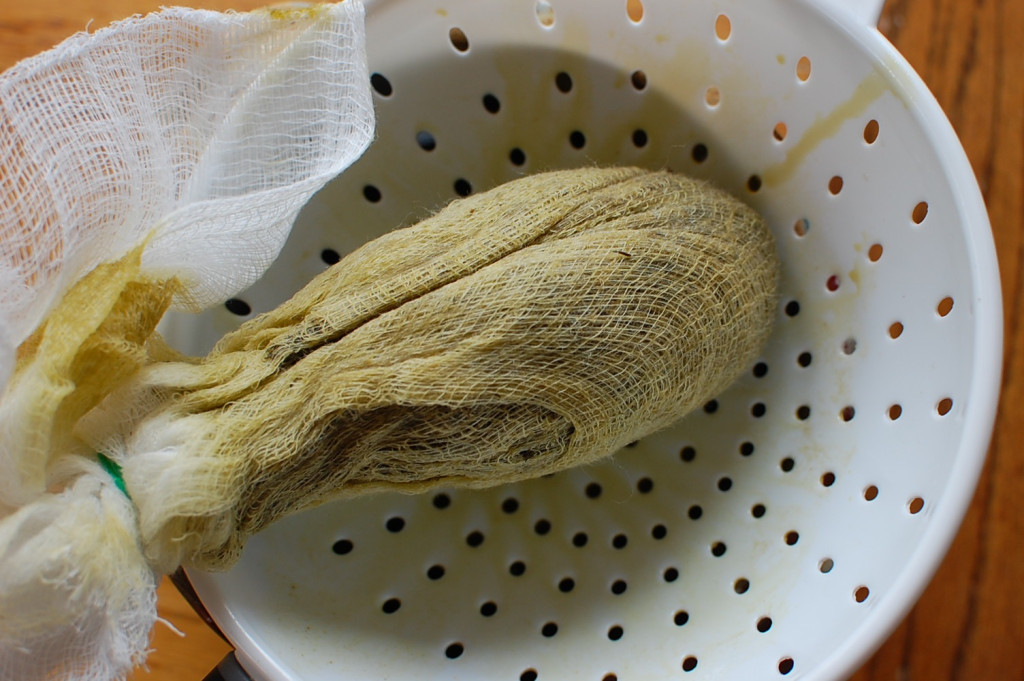
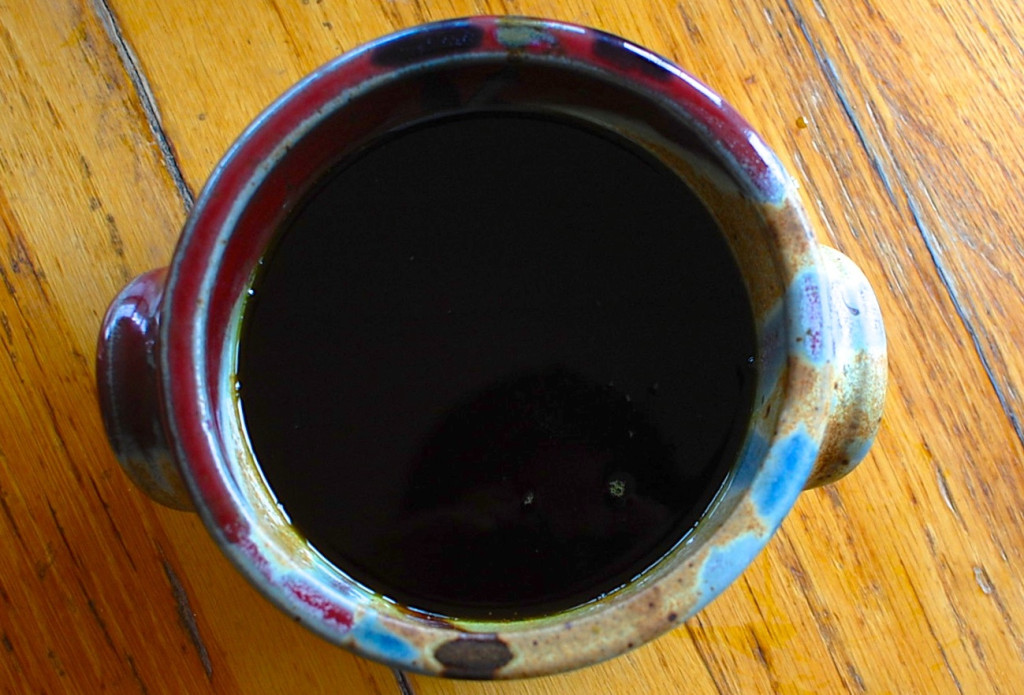
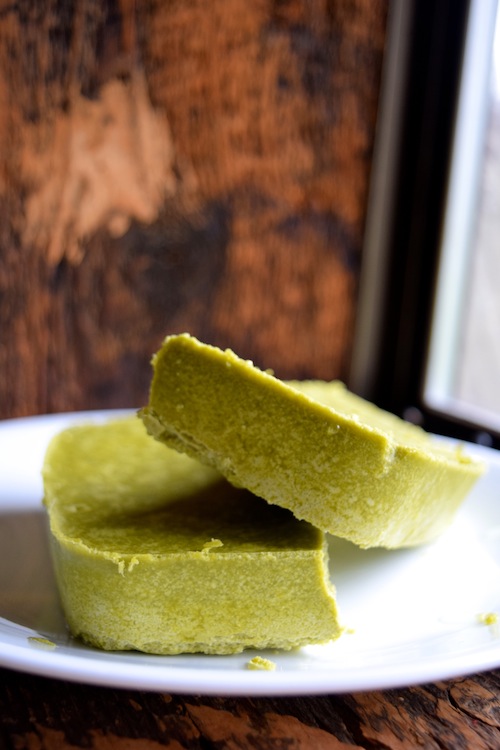






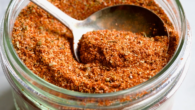



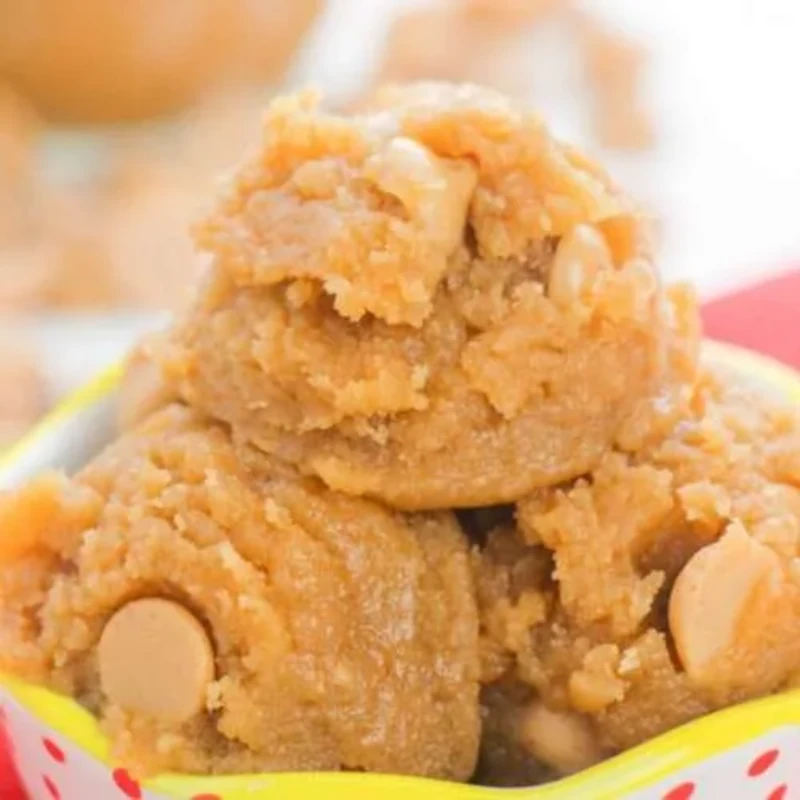



Leave a Reply
You must be logged in to post a comment.